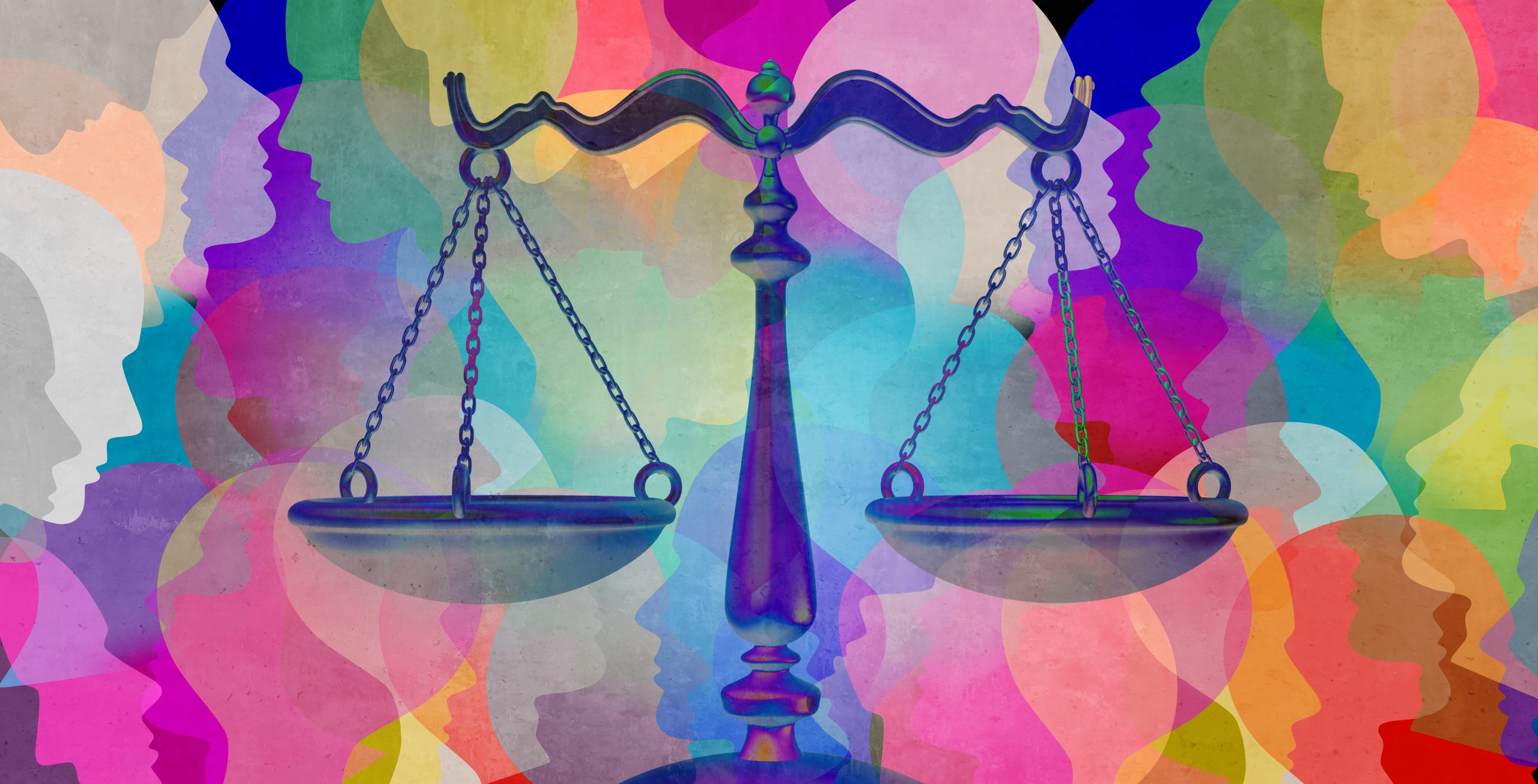At Sweepstakes Advantage, we know Contest drawings are a popular way to engage audiences, promote products, and generate excitement among participants. Whether it's a giveaway, a sweepstake, or a lottery, conducting these contests fairly and legally is of utmost importance. In this article, we will delve into the key principles and best practices that ensure a transparent and compliant contest drawing process. If you've ever wanted to learn more about the winner selection process, or are considering running a promotion of your own, this guide is for you.
Define Clear Rules and Regulations
The foundation of any fair contest drawing is a well-defined set of rules and regulations. These guidelines should be easily accessible to all participants and provide a clear understanding of the entry requirements, eligibility criteria, deadlines, and the prize(s) on offer. Ensure that the rules comply with the legal regulations of the jurisdiction in which the contest is being held.
To avoid potential legal pitfalls, seek advice from a legal professional experienced in contest regulations. The laws regarding contests and sweepstakes can vary significantly depending on the country, state, or province. Legal counsel can help you navigate the intricacies of compliance and ensure your contest drawing adheres to the relevant laws.
Specify the Contest Drawing Entry Period
Setting a specific entry period prevents misunderstandings and ensures all participants have an equal chance of winning. Clearly state the start and end dates and times for submissions. Avoid accepting entries beyond the deadline to maintain the integrity of the drawing process.
Random Selection Mechanism for Contest Drawing

Random selection is crucial to ensure a fair outcome. There are several methods for conducting random drawings, such as manual draws, computer-generated random numbers, or using specialized third-party software. Whichever method you choose, document the process to demonstrate transparency and validity.
Define eligibility criteria for participants clearly, including age restrictions, geographic limitations, and any other relevant conditions. Additionally, establish disqualification criteria for entries that do not meet the stated requirements or exhibit suspicious activities. Transparency in the selection process fosters trust among participants. If employees, sponsors, or affiliates are allowed to participate in the contest, make sure to disclose their involvement to other contestants. Avoid any conflict of interest, as it may undermine the integrity of the drawing process.
Notify and Verify the Winner
When the contest drawing is complete, promptly notify the winner via their preferred contact method. Clearly state the steps they need to take to claim their prize and set a reasonable timeframe for response. If a potential winner does not respond within the allotted time or fails to meet the eligibility criteria, draw an alternate winner following the same random selection process.
Conducting a contest drawing fairly and legally is essential for maintaining the trust of participants and upholding the reputation of the organizers. By defining clear rules, seeking legal advice, and using a transparent and random selection mechanism, you can ensure the drawing process is unbiased and compliant with relevant regulations. With a strong emphasis on transparency and integrity, your contests will be more appealing to participants, and you'll create a positive and memorable experience for all involved.

